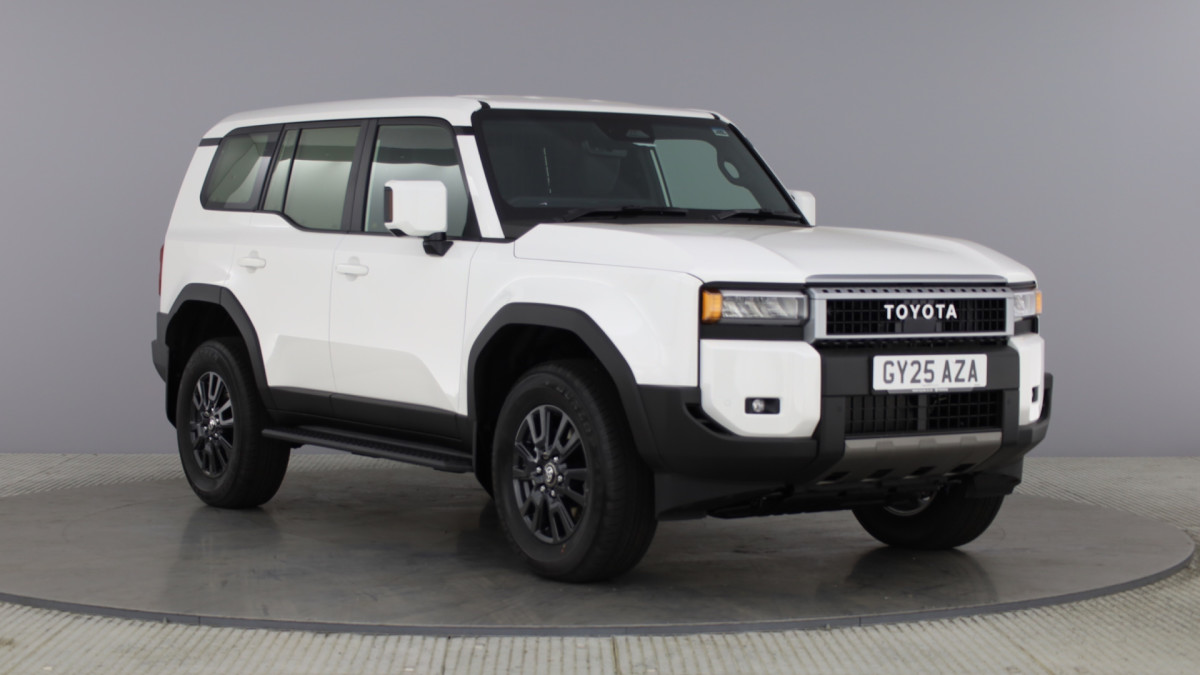Defense News: DTN News - DEFENSE NEWS: Oshkosh Defense Products on Video
 Source: DTN News - - This article compiled by K. V. Seth
Source: DTN News - - This article compiled by K. V. Seth
(NSI News Source Info) TORONTO, Canada - August 17, 2013: Oshkosh Defense, a division of Oshkosh Corporation presented its solution for the Engineering Manufacturing & Development (EMD) phase of the Joint Light Tactical Vehicle (JLTV) program. With the JLTV program, the U.S. military is seeking to modernize its light vehicle fleet. Oshkosh is offering the latest generation of its Light Combat Tactical All-Terrain Vehicle (L-ATV) to upgrade the light tactical fleet with MRAP-level protection and unprecedented mobility in future missions. The Oshkosh L-ATV has been extensively tested and proven to meet or exceed all of the JLTV program's requirements.
"Military leaders have recognized JLTV as one of their top modernization priorities, and the Oshkosh L-ATV entry represents our significant investment in this project and showcases our advanced technology," said John Bryant, vice president and general manager of Joint and Marine Corps Programs for Oshkosh Defense. "Our engineers have drawn upon extensive tactical vehicle operating experience in Iraq and Afghanistan to develop the L-ATV, with an eye toward future combat environments."
The Light Combat Vehicle, Redefined
The Oshkosh L-ATV is designed to keep Warfighters safe as battlefield threats evolve. The vehicle's crew protection system has been extensively tested and proven to optimize protection, weight and mobility. The L-ATV can accept multiple armor configurations so it can easily be adapted to changing operational requirements.
The L-ATV also uses the Oshkosh TAK-4i™ intelligent independent suspension system, building on the success of the TAK-4 family of suspensions used on more than 20,000 military vehicles. The TAK-4i system is tailored for high-performance, lightweight vehicles to give Warfighters unprecedented mobility in severe off-road terrain. It uses an advanced Oshkosh technology to deliver 20 inches of independent wheel travel; 25 percent more than any vehicle fielded with the U.S. military today.
Oshkosh's innovative L-ATV delivers expanded power capabilities, greater fuel efficiency and integrated diagnostics compared to legacy engine technologies. An optional Oshkosh ProPulse® diesel-electric hybrid powertrain is available to further improve fuel economy, lower life-cycle costs, and provide high levels of stationary and on-the-move exportable power.
*Link for This article compiled by K. V. Seth - DTN News
*Speaking Image - Creation of DTN News ~ Defense Technology News
*Photograph: IPF (International Pool of Friends) + DTN News / otherwise source stated
*This article is being posted from Toronto, Canada By DTN News ~ Defense-Technology News Contact:dtnnews@ymail.com
©COPYRIGHT (C) DTN NEWS DEFENSE-TECHNOLOGY NEWS
 Source: DTN News - - This article compiled by K. V. Seth
Source: DTN News - - This article compiled by K. V. Seth(NSI News Source Info) TORONTO, Canada - August 17, 2013: Oshkosh Defense, a division of Oshkosh Corporation presented its solution for the Engineering Manufacturing & Development (EMD) phase of the Joint Light Tactical Vehicle (JLTV) program. With the JLTV program, the U.S. military is seeking to modernize its light vehicle fleet. Oshkosh is offering the latest generation of its Light Combat Tactical All-Terrain Vehicle (L-ATV) to upgrade the light tactical fleet with MRAP-level protection and unprecedented mobility in future missions. The Oshkosh L-ATV has been extensively tested and proven to meet or exceed all of the JLTV program's requirements.
"Military leaders have recognized JLTV as one of their top modernization priorities, and the Oshkosh L-ATV entry represents our significant investment in this project and showcases our advanced technology," said John Bryant, vice president and general manager of Joint and Marine Corps Programs for Oshkosh Defense. "Our engineers have drawn upon extensive tactical vehicle operating experience in Iraq and Afghanistan to develop the L-ATV, with an eye toward future combat environments."
The Light Combat Vehicle, Redefined
The Oshkosh L-ATV is designed to keep Warfighters safe as battlefield threats evolve. The vehicle's crew protection system has been extensively tested and proven to optimize protection, weight and mobility. The L-ATV can accept multiple armor configurations so it can easily be adapted to changing operational requirements.
The L-ATV also uses the Oshkosh TAK-4i™ intelligent independent suspension system, building on the success of the TAK-4 family of suspensions used on more than 20,000 military vehicles. The TAK-4i system is tailored for high-performance, lightweight vehicles to give Warfighters unprecedented mobility in severe off-road terrain. It uses an advanced Oshkosh technology to deliver 20 inches of independent wheel travel; 25 percent more than any vehicle fielded with the U.S. military today.
Oshkosh's innovative L-ATV delivers expanded power capabilities, greater fuel efficiency and integrated diagnostics compared to legacy engine technologies. An optional Oshkosh ProPulse® diesel-electric hybrid powertrain is available to further improve fuel economy, lower life-cycle costs, and provide high levels of stationary and on-the-move exportable power.
*Link for This article compiled by K. V. Seth - DTN News
*Speaking Image - Creation of DTN News ~ Defense Technology News
*Photograph: IPF (International Pool of Friends) + DTN News / otherwise source stated
*This article is being posted from Toronto, Canada By DTN News ~ Defense-Technology News Contact:dtnnews@ymail.com
©COPYRIGHT (C) DTN NEWS DEFENSE-TECHNOLOGY NEWS


















